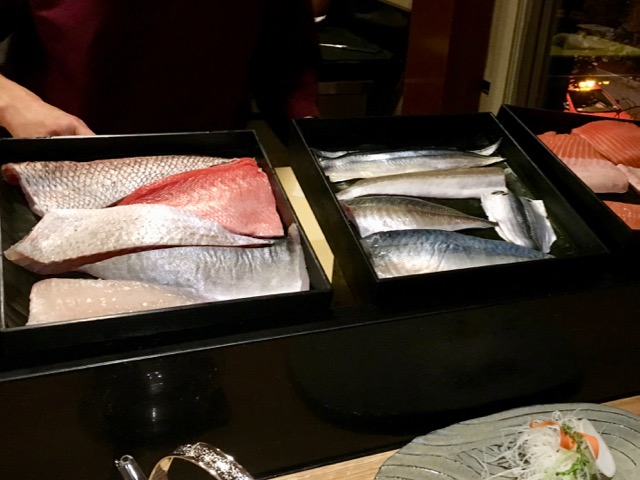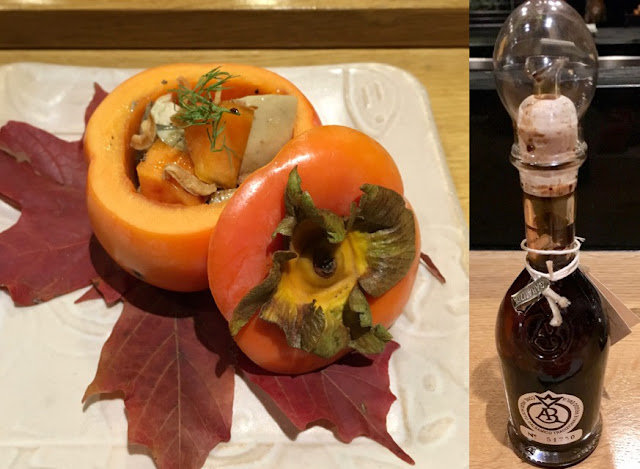Although someday, we may be able to dine-in again, we are quite happy with this arrangement. We also get some Japanese groceries which is definitively a big plus. We are regularly getting frozen edamame (they have the best quality edamame), Japanese crackers (especially my wife likes them), Tonkotsu ramen, and green tea ice cream daifuku among others. We hope this new format will work for Tako Grill as a business. We are certainly very happy with this format.
Monday, August 9, 2021
Tako Grill Take-out タコグリルからテイクアウト
Monday, December 14, 2020
Sushi Taro "regular" kaiseki box "普通”の寿司太郎会席弁当
Tuesday, October 27, 2020
Special Kaiseki box from Sushi Taro v2 寿司太郎特別会席弁当二回目
We had the second take-out special kaiseki box from Sushi Taro. Again, this was amazing. We just wanted to record what we enjoyed.
Tuesday, October 13, 2020
Special take-out Kaiseki box from Sushi Taro 寿司太郎のテイクアウト特製会席弁当
Prior to COVID the omakase counter at Sushi Taro was our special-occasion-go-to place. As a matter of fact, we had a reservation in March this year but because of COVID, that got canceled. I knew for some time that, although the restaurant was closed, Sushi Taro has been doing take-out. But getting there either from home or work for the pick-up was impractical. Since I started thinking about the NewYear “Osechi” 御節 from Sushi Taro, I contacted them. I was delighted to find out that they are going to do Osechi for the next New Year and I quickly placed an order. During that interaction, I learned that they do special omakase kaiseki boxes-to-go and that they can deliver. I quickly placed an order. Delivery was scheduled for Friday at 5pm. We were like little kids in anticipation. I even "just happened" to come home from work a bit early for the delivery. It arrived in two, two-tiered (bento or modified jubako?) boxes. (a total of four boxes with three compartments each). We initially thought we got two identical sets but when we opened the second box, surprise! We were totally blown away. All compartments contained many wonderful different dishes. The first one had some cooked dishes, two different kinds of sushi. The cooked dishes in the top tier were still warm.
Tuesday, November 29, 2016
Sushi Taro Michelin ☆ Part 3, すし太郎 ミシュラン☆ その3
Saturday, November 26, 2016
Sushi Taro Michelin ☆ Part 2, すし太郎 ミシュラン☆ その2
The left box below was all white flesh "shiromi" 白身 fish including "madai" まだい sea bream and "hirame" ヒラメ flounder or flat fish. The right box was all "hikarimono" 光り物 or blue skinned fish. There were two more boxes on the right, one with partial view, contained several kinds of salmon and arctic char. The right most box which is not in the pictures contained "raw" octopus legs 生ダコの足 and ankimo あん肝 among other items.




















































